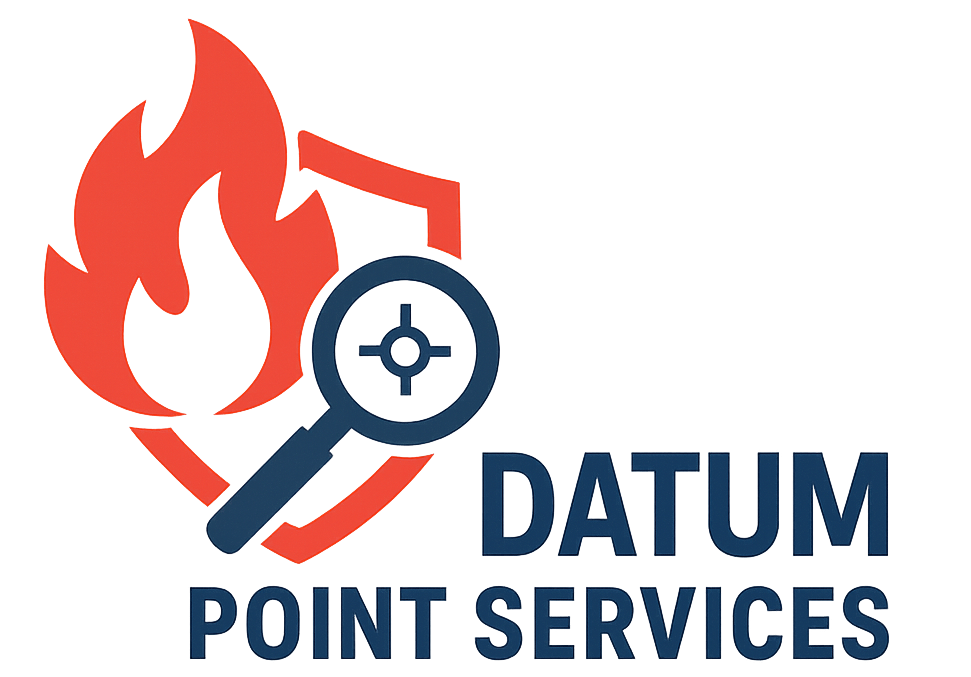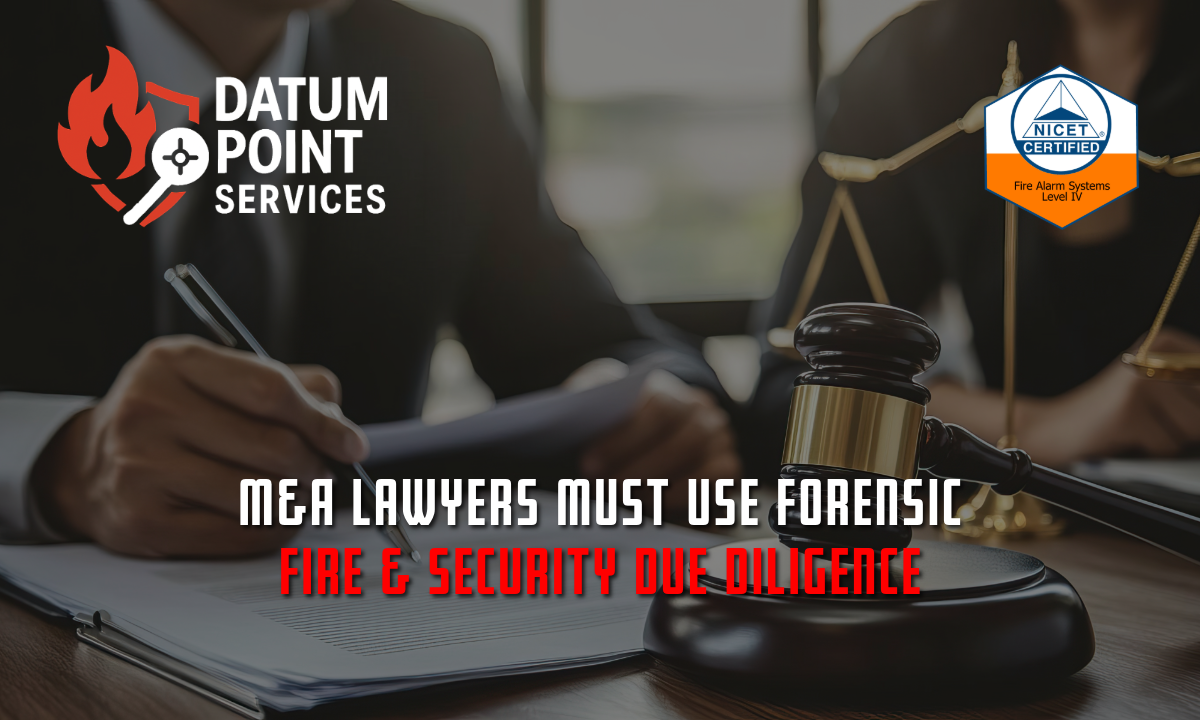Expose Hidden M&A Risks with Forensic Fire & Security Audits
In every M&A transaction, law firms meticulously dissect contracts, negotiate indemnities, and scrutinize corporate records.
Yet one of the most dangerous blind spots often remains unchecked: the integrity of the target’s fire protection and security infrastructure.
Superficial inspections can mask latent risks—risks that can obliterate deal value, trigger insurance denials, and expose your clients to crippling liability.
The Stakes Are High
- Insurance Denial: A single code violation discovered after closing can void policies worth tens of millions.
- Legal Exposure: Undocumented system modifications and maintenance failures form the backbone of negligence claims.
- Reputation Risk: A post-close incident becomes a headline for plaintiffs’ attorneys and the press.
As M&A counsel, you’re guardians of the deal.
Ensuring every facet of the transaction is watertight means pushing beyond standard property condition reports.
Why Standard Inspections Fall Short
- “Lights On” Testing Only: Most audits verify that alarms sound and sprinklers flow at one moment—nothing more.
- No Historical Analysis: Past trouble tickets, false alarm suppression, or tampered sensors go unnoticed.
- Design & Compliance Gaps: Renovations, repurposed spaces, and unpermitted work often create blind spots.
Forensic Due Diligence: A Game Changer
A forensic fire safety audit dives deep to:
- Review alarm and control logs for patterns of silenced alerts or unresolved faults.
- Cross-check the as-built layout against the current layouts to identify missing detectors, obstructed sprinklers, or code deviations.
- Validate Maintenance Histories—confirm qualified professionals performed every inspection, test, and repair.
This level of scrutiny transforms hidden acquisition risk into actionable intelligence.
Security Systems Liability: More Than Just Cameras
Integrated life-safety and access controls demand equal attention:
- Master Access Codes—who holds the keys?
- Firmware Vulnerabilities—Outdated Panels Are Prime Targets for Cyber Tampering.
- Emergency Mode Logic—can systems shift seamlessly between evacuation and lockdown?
Failing to address these elements leaves clients vulnerable to both physical and cyber threats.
Your Role as Trusted Advisors
- Embed Forensic Audits in Engagement Letters: Make deep-dive fire and security reviews a non-negotiable deliverable.
- Negotiate Remediation Escrows: If defects emerge, secure funds or seller commitments to repair critical systems prior to closing.
- Draft Tailored Indemnities: Carve out specific protections for fire/safety failures and insurance claim denials.
By championing forensic due diligence, you safeguard your clients’ investments—and your firm’s reputation.
Don’t Let Unseen Faults Derail Your Next Deal
Standard checklists won’t catch the subtle defects that become headline-grabbing disasters.
Insist on a forensic fire and security audit to convert hidden risks into negotiated solutions.
When you partner technical expertise with legal strategy, your clients confidently close transactions—knowing they’ve covered every angle.


